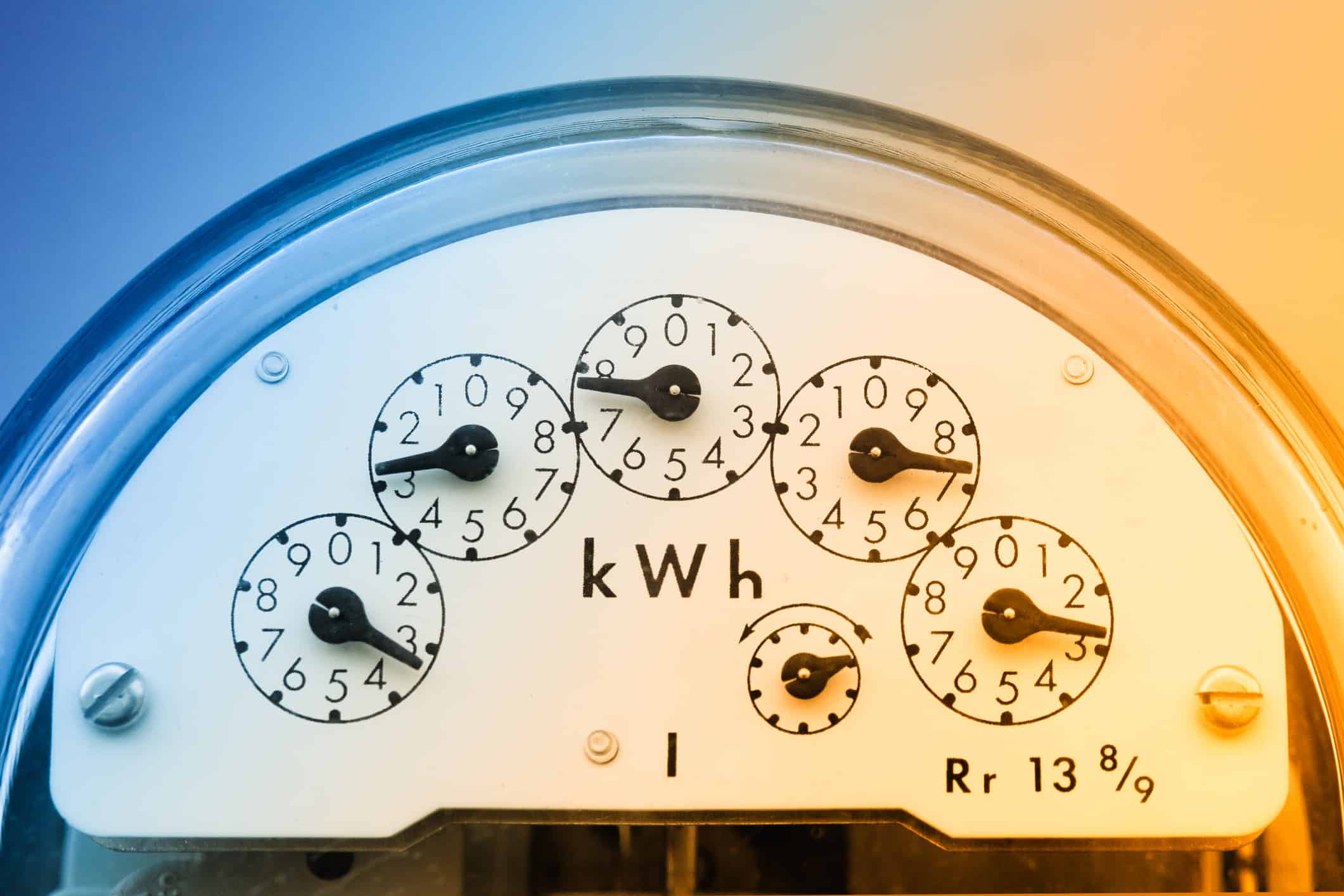After a challenging 2022, Algonquin Power & Utilities (TSX:AQN) has witnessed a healthy buying this year, with its stock price rising over 30%. Its solid fourth-quarter performance and deleveraging initiatives appear to have increased investors’ confidence, driving the company’s stock price. Despite the recent surge, the company trades at over 43% lower than its 52-week high. So, let’s assess whether the uptrend in the company’s stock price can continue by looking at its fourth-quarter performance and growth prospects.
AQN’s fourth-quarter performance
In the December-ending quarter, AQN’s revenue grew by 26% to US$748 million. The contributions from new facilities, favourable rate revisions, and passing on the increased expenses to its customers drove its top line. Despite the top-line growth, the company incurred a net loss of US$74.4 million compared to net profits of US$175.6 in the corresponding quarter of the previous year. However, removing one-time or special items, the company’s adjusted net income came in at $151 million, representing a year-over-year growth of 10%.
The company generated an adjusted EBITDA (earnings before interest, tax, depreciation, and amortization) of US$358.3 million during the quarter, representing a 20% increase from its previous year. Amid the challenging macro factors, let’s look at its 2023 outlook.
AQN’s outlook
With high interest rates hurting its margins, AQN has adopted deleveraging strategy. It is focusing on optimizing its portfolio, lowering its capital investment, and has slashed its dividends. The company targets to sell assets worth around US$1 billion this year, with the net proceeds could help to lower its debt. The company reduced its quarterly dividend by 40% to $0.1085/share, improving its financial flexibility.
Further, AQN’s management expects to invest around US$3.6 billion this year, including the acquisition of Kentucky Power for US$2.6 billion. Of the planned investments, around US$3.3 billion will be on regulated utility assets, while the remaining US$300 million will be in renewable assets. The company has around 600 megawatts of solar and wind projects in various development stages. Meanwhile, the management expects to put about 450 megawatts of projects into service this year.
For 2023, the company’s management expects its adjusted earnings per share to come between US$0.55 and US$0.61, with the midpoint of the guidance representing a 16% decline from its 2022 levels.
Dividends
Supported by its stable cash flows from low-risk utility businesses, AQN had raised its dividend at a CAGR of over 10% for the previous 12 years. However, amid the challenging environment, it lowered its quarterly dividends by 40% in January to US$0.1085. Despite the cuts, its yield for the next 12 months stands at a healthy 5.15%.
Although AQN has witnessed a strong recovery this year, its valuation still looks attractive, with its NTM (next 12-month) price-to-sales and NTM price-to-earnings multiples at two and 14.3, respectively.
Bottom line
AQN’s deleveraging strategy could strengthen its balance sheet in the coming quarters. Further, the company operates low-risk utility assets and sells the power produced from its facilities through long-term power-purchase agreements. So, its financials could be stable.
Additionally, the company is working on completing the Kentucky Power acquisition deal, with April 26 being the deadline to complete the transaction. If the company fails to close the deal, it could free up the capital to fund its organic growth opportunities. So, considering its discounted stock price, improving financial position, and high dividend yield, I am bullish on AQN, despite macro headwinds.









